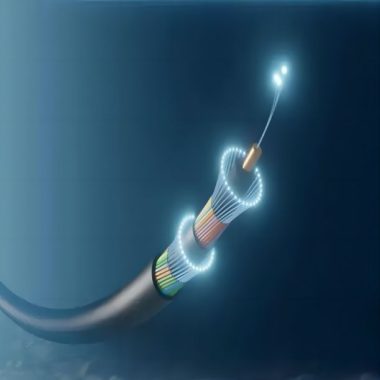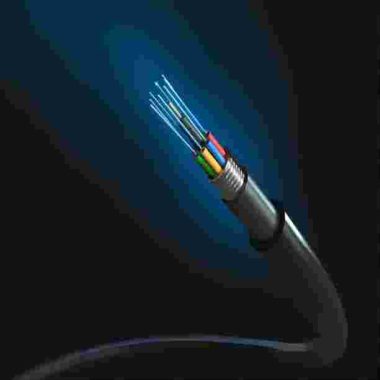“Without fiber optics, there would be no information age,” said Zhao Houlin, Secretary General of the International Telecommunication Union, at the 2023 Global Fiber Optic Communication Development Summit held on November 14.
As the infrastructure of the information society, the importance of fiber optic communication is self-evident. Currently, the global fiber optic network has covered over 7 billion people, accounting for 91% of the total global population. Over the past 20 years, global mobile data traffic has grown more than 160 times, with most of it supported by fiber optic transmission.
But compared to 4G, 5G has 10 times more performance and 100 times more power consumption. This means that for every 1GB of data transmitted, 5G may consume 1000 times more information than 4G.
Due to the heat generated during signal transmission, for every 1GB of data transmitted, the effective transmission distance of the optical fiber will be shortened by about 13 kilometers. In other words, if no processing is performed on the optical fiber, its transmission distance will significantly decrease with the increase of data volume.

How to improve the transmission capacity of optical fibers has become the key to large-scale deployment of 5G. At the technical level, advanced modulation technologies such as laser modulators (LPM) and orthogonal frequency division multiplexing (OFDM) can be applied to further improve the transmission efficiency of optical fibers.
- Among them, LPM technology can maintain stable power of optical fibers during data transmission, thereby improving the transmission distance of optical fibers. Data shows that single-mode optical fibers using LPM technology can achieve a transmission distance of over 100 kilometers.
- However, due to the advantages and limitations of each modulation method, there is currently no technology that can fully solve the above problems. Therefore, various technologies need to cooperate with each other and choose the most suitable solution according to actual needs.
- In fact, in addition to technological upgrades, scientists are continuously developing various new fiber optic materials to reduce losses in optical signal transmission. For example, a research team from Cornell University in the United States has discovered a new fiber optic material that is more than 10 times stronger than traditional glass fiber optics and more resistant to high temperatures.
- Chinese scientists have also developed a new type of optical fiber material – silicon dioxide crystal. This material has ultra-high optical purity, ultra-low loss, and good temperature stability, and is considered one of the important candidates for future fiber optic materials.
Although the requirements for fiber optics in 5G networks may not be effectively met in the short term, with the continuous advancement of technology, these issues will ultimately be resolved. Once realized, optical fiber will become an information highway connecting all things, further promoting human society into a new era of intelligence.






